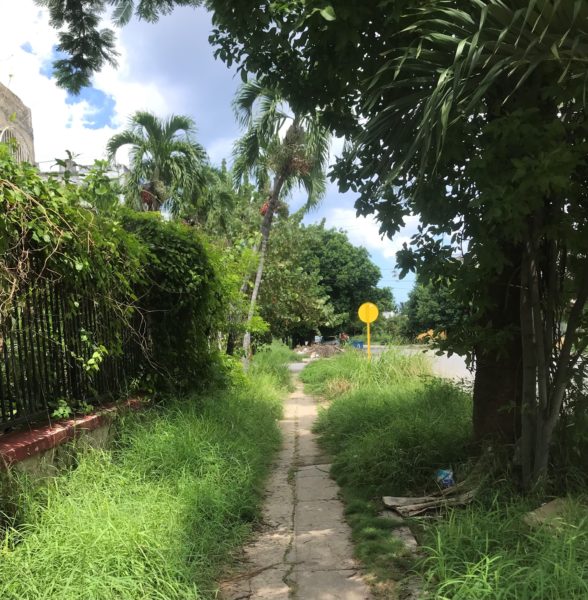The Changes in My Upper-End Cuban Neighborhood

HAVANA TIMES – If we were to recount the things that have changed since the pandemic, we could make a long list. For example, in my neighborhood of Miramar, on C Street, the little shop no longer exists.
I used to shop there often because sometimes it had products that were missing from the La Puntilla shopping center. During the pandemic, irregularities began, and the store employees started taking merchandise out in boxes, and people noticed they were taking it to resell.
Then, everything blew up, and they shut it down. It remained closed for several years until they turned it into the ALMEST company, which belongs to the Armed Forces (FAR).
The CUC (Cuban Convertible Peso) was replaced by MLC (The magnetic dollar). The dollar goes up and down, yet it remains the most important currency. The national currency is devalued, and 100 pesos now feel like 10 pesos. A carton of eggs costs more than 3000 pesos.
There’s no point in mentioning Parque Cero, which has been without lighting for years. It doesn’t even have benches anymore. They’ve all been stolen. Unbelievable.
On the corners, the garbage bins have no lids. After the garbage truck passes, and the bins start filling up again, the “divers” go through them, taking whatever suits them. They make a huge mess, leaving the bins tipped over horizontally. Trash gets scattered because they throw out what they don’t want.
You don’t see street sweepers anywhere anymore; neither are there Green Areas brigades to trim the grass in the neighborhoods. It’s grown so much that it’s hard to walk on the sidewalks.
In the past, on Sundays, neighbors would gather to do that kind of work. Now, only those who care about keeping the front of their house clean and nice do it, especially those with private businesses like cafes, restaurants, and others.
Every day, the isolation among people becomes more apparent. The oldest architecture is being destroyed, making way for new constructions that have turned Havana into an ugly city.
I’ve gone through changes myself as well. I go out less to Submarino Amarillo and Casa de la Amistad, places where people used to gather to forget, for a few hours, the chaos around them.
It’s not just because the cover and drink prices have gone up, but because most of my friends have left the country. The atmosphere isn’t the same. That natural vibe has disappeared.
I no longer go to the cinematheque either. The last time I went, I came home with an itch. I think I got scabies from one of the seats. I had a terrible time for days, feeling uncomfortable, rubbing ointment on my skin, and washing my clothes with boiling water. The thing is, among the cinephiles who attend, there are some homeless people who, evidently, don’t bathe and wear filthy clothes. It’s such a shame because it’s a place specialized in showing classic cinema.
So, my options have been reduced to buying films at a private video library and visiting The Havana Forest and Almendares Park. I haven’t given up walking or swimming in the sea, luckily the coast is very close to where I live.
From time to time, I do photo reports in churches and places I can walk to because transportation is not only expensive but also scarce.
Life takes away from us, but it compensates in other ways. I enjoy doing more things with my son. We talk about different topics, and we share series and movies. Right now, we’re rewatching Lost for the second time, as we watched it when he was a teenager. Every night we watch two or three episodes. Before that, it was Game of Thrones.
What I really miss are the gatherings with friends who still live in Cuba, which have now turned into WhatsApp conversations, as if we lived in different countries. And it’s all because of the terrible transportation situation.
Something strange has been happening at night, after ten o’clock: there’s the sound of drumming that lasts for several hours. It’s so close that I assume it’s coming from the coast. Could the ritual be to bring about changes for the better?






I’m sorry to put a damper on one of your last remaining pleasures Irina but I was told that the sea along Miramar is not clean. I also avoid the Almendares forest due to the many objects of brujería that are left there.